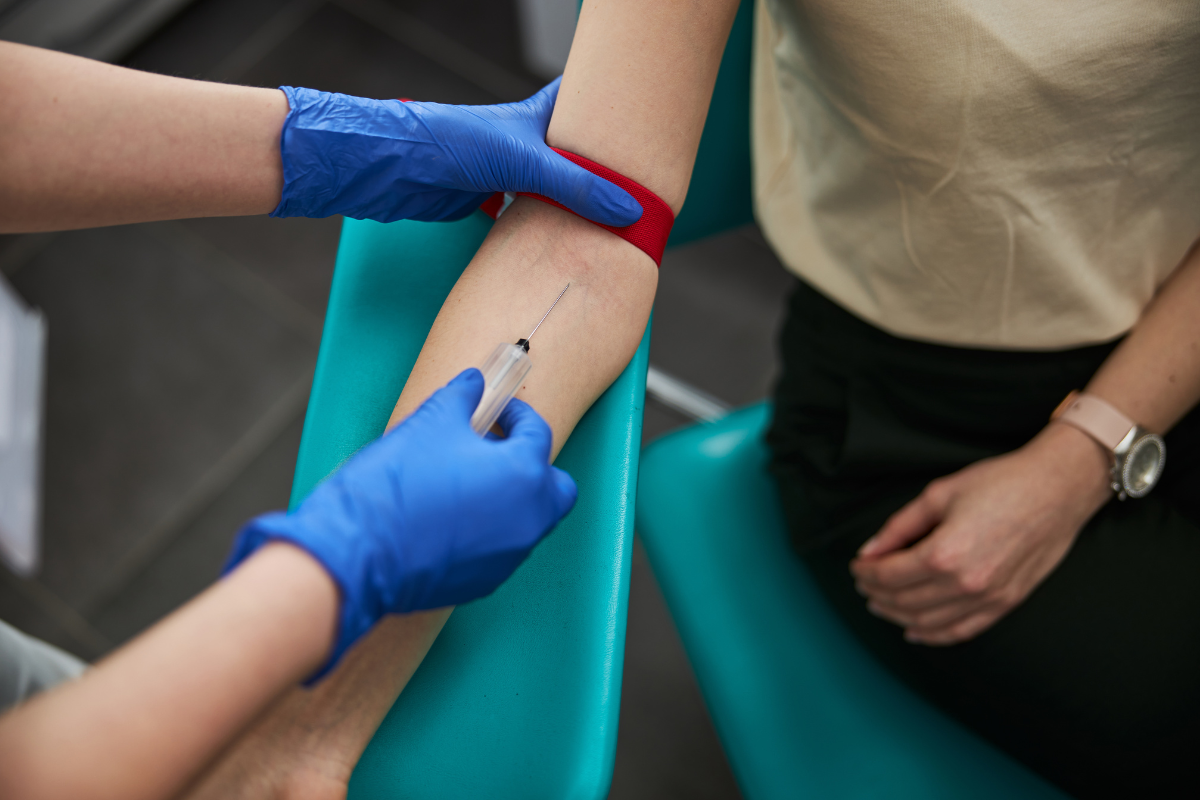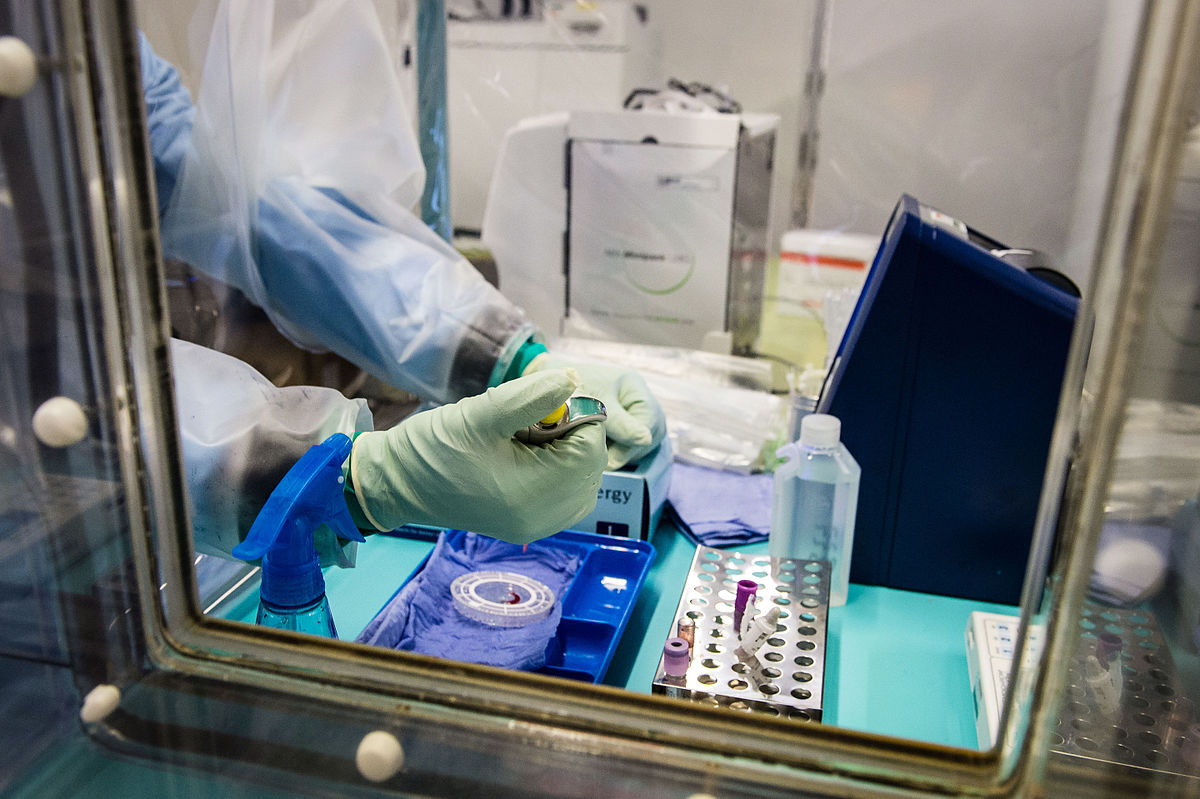Transforming Clinical Development with Biomarkers

Biomarkers are vital for all phases of drug development. The global market for these predictive technologies is vast and is set to grow from 43.3 billion USD in 2020 to 92.1 billion USD by 2025, at a CAGR of 16.3%. Key market drivers for increased attention in clinical biomarkers include the prevalence of terminal diseases, expanding diagnostic applications, and increased R&D funding for pharma and biotech companies. Other factors include the implementation of new initiatives for biomarker research and an enhanced number of CROs. Key players in the field include Roche, Abbot Laboratories, Epigenomics AG, Johnson & Johnson, Thermo Fisher Scientific, Rio-Rad Laboratories, Siemens Healthineers, and Qiagen.
Clinical Biomarkers: The Rationale
From pre-clinical assessment to the clinical regulatory use, biomarkers, as diagnostic, predictive, prognostic, or response tools, can accelerate drug development and ultimately benefit patients. When implementing biomarkers in pre-clinical experiments and clinical studies, it’s critical to consider may operational factors including sample type (biopsy, serum, plasma etc.), biomarker stability, as well as assay type and assay quality. From a patient selection or stratification perspective, according to Matthew Randall, Associate Clinical Biomarker Leader at Galapagos, with respect to a particular genotype, “knowing if my patient does or does not have this [genetic] marker, [may influence whether] my drug [candidate] is useful in that patient population.” Together these considerations are required to appropriately design a robust biomarker plan for your clinical study.
Screening technologies can be advantageous to discover biomarkers that support translation between pre-clinical models and human disease, and vice versa. That being said, focussed and strategic biomarker assessment is suggested for late-stage clinical studies to support the study design and drug development. This does not of course limit the implementation of exploratory readouts in late-stage. Randall simply advises that “the samples that you collect [should] bring value” and to weight the value of the possible results compared to the burden on the patients for repeat sampling or invasive procedures.
Moreover, there are still significant limitations in biomarker accuracy and standardisation remain across all technologies and fields. In this article, we look at some of the advances being made in the biomarker field in neurological and oncology and assess their potential to transform clinical development.
Challenges of Clinical Biomarkers For Neurological Disorders:
Biomarkers for neurological disorders is a fast-growing market. However, their diagnostic and predictive value for frontotemporal dementia and Alzheimer’s disease requires further development. According to Rawan Tarawneh, Assistant Professor of Neurology at The Ohio State University (now Associate Professor of Neurology at the University of New Mexico), “biomarkers for Alzheimer’s disease especially have not been very well utilised in clinical trials thus far”. Currently, the “stratification of patients and diagnosis is mostly based on the clinical picture, supported by MRI and only supported by CSF markers of amyloid and tau proteins in some but not all clinical trials which has been a major limitation”, she continued. “Many trials did not include measures to confirm the presence of amyloid or tau pathology and therefore, did not include measures to confirm the presence of the pathologies being targeted by investigational treatments or measures to exclude cognitively impaired individuals who may have other underlying pathologies contributing to their clinical symptoms.”
Looking ahead, there is a need to better incorporate amyloid and tau markers into the stratification of patients into clinical trials.
Another major problem is that since clinical trials include patients who are already cognitively impaired, it may be too late to intervene. “Alzheimer’s is more than just amyloid and tau, and it may be already too late at that point to reverse the diseases process”, Tarawneh added. This means the patient would have potentially already accumulated significant degrees of neurodegeneration and irreversible neuronal synaptic loss. Therefore, looking ahead, there is a need to better incorporate amyloid and tau markers into the stratification of patients into clinical trials.
The Promise of Diagnostic Biomarkers For Neurological Disorders:
Over the past couple of years, industry strives have been made to incorporate and translate biomarkers into the diagnostic scheme. This is particularly the case with the Amyloid Tau Neurogenerative (ATN) framework proposed by the National Institute of Aging and the Alzheimer’s Association, which makes it possible to predict the presence of Alzheimer’s using CSF and imaging biomarkers even before the onset of cognitive impairment. Those ‘cognitively normal’ individuals who have biological evidence of precursory traces of amyloid and tau, must be targeted prior to the development of cognitive impairment. “These are the people you want to analyse to ensure diseases modifying treatment trials have a higher chance of success”, Tarawneh confirmed.
Further efforts to address challenges include introducing ADCs into clinical development to overcome the lack of standardisation of the different assays and cohorts being produced between laboratories. This is because A-beta can be highly sensitive to the test tube’s physical properties and freeze-thaw processes. ADCs offer a more reliable alternative, and the blood-based immunoassay for p-tau and a-beta has so far demonstrated compelling results as easier to standardise.
- How has the Pandemic Revolutionised Clinical Trials?
- How can the Industry Streamline Clinical Testing in Precision Medicine?
- Read our 2021 Biomarkers Market Report to Discover the Latest Industry Insights and Trends
Challenges of Clinical Biomarkers For Oncology:
From an operational perspective, biomarkers for personalised medicine in oncology require some improvements. Comprehensive biomarker research is needed to prepare for the growing demand for tailor-made treatment. “We don’t have enough biomarker data points yet to prepare for that imminent future,” Alekhya Pochiraju, Clinical Product Development at Genentech, claimed. She continued, “a catch 22 in the industry right now is that as we move into adaptive and enrichment-based clinical trials, we need more biomarkers, meaning the more specific biomarker signature patients we are looking for, the more screening has to be done.”
Inevitable consequences include higher costs due to lengthier and more frequent clinical trials. The industry must reach an equilibrium between streamlining clinical testing in precision medicine and offsetting increased costs. Furthermore, in the absence of rapid clinical assessment, the accuracy of the assay may become compromised and the turnaround time delayed. Biomarker assays demand a quick turnaround time to determine the patient eligibility for the clinical trial design.
Improving Standardisation and Stratification of Clinical Biomarkers For Oncology:
Nevertheless, the past couple of years has seen an increase in clinical trials designed to collect biomarker information. This is a trend we can expect to see continue. “We see this increase across all categories such as predictive biomarkers to determine treatment outcome and diagnostic biomarkers to help screen, identify, diagnose, and even measure the severity of disease,” Pochiraju elaborated. Other strategies for improvement include greater patient selection ranges and stratification with the help of machine learning and AI tools. Combination biomarkers that combine panels whilst integrating patient data will likewise improve disease monitoring and treatment efficacy. Randall commented, “when it comes to biomarkers, not just looking at one biomarker on its own, but using a composite [of biomarkers and clinical tools] may be the way forward.”
The industry must reach an equilibrium between streamlining clinical testing in precision medicine and offsetting increased costs.
To overcome standardisation issues for biomarkers in oncology, fostering collaborations across industry and academia will also be beneficial. Implementing a consortium will produce an authoritative standard of care and assessment. Advances in liquid biopsy are gaining sizeable importance within oncology research and diagnostics. The market itself is market rapidly expanding area of the field and is expected to increase at a CAGR of 13.5% to reach $19.35 billion by 2028. As a pioneering technique harnessing Next Generation Sequencing technology, liquid biopsy testing presents an opportunity for non-invasive testing for cancer detection and monitoring response to treatment.
Future Outlooks:
The future of biomarkers remains an area of intensive research and sustained investigation. Despite the hurdles that still require addressing, there is evident momentum surrounding the latest market expansion. With developments in targeted patient selection, combination strategies, and efforts in standardisation, it seems only a matter of time before the biomarker industry in neurology and oncology reaches its full potential. It may even be that neurology and oncology will end up broadening the learning potential across other fields and diseases regarding the transformative power of biomarkers for clinical development. If one thing is certain, here at Oxford Global, we firmly believe the biomarkers industry will only continue to go from strength to strength.
Want to find out more about the latest Biomarker news? Register now for our Biomarkers & Precision Medicine US Congress to discover the latest technologies and novel biomarkers driving forward translational research and precision medicine.






